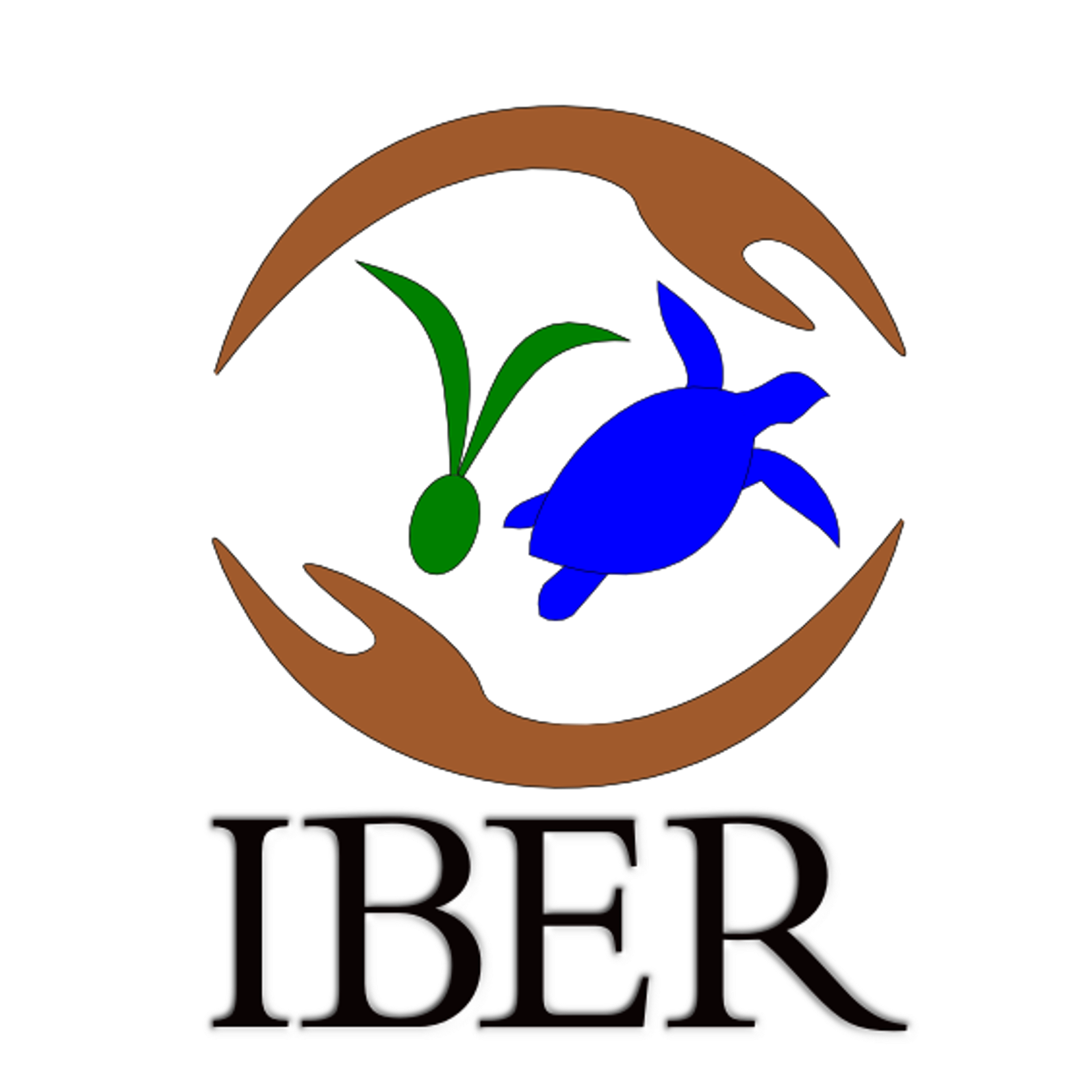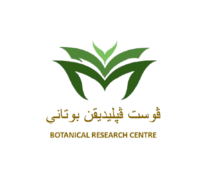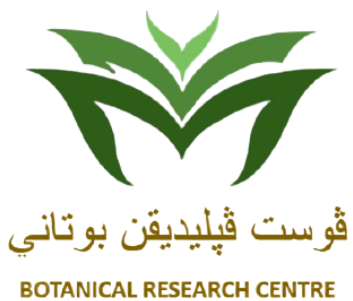Andrographis paniculata (Burm.f.) Nees
King of Bitters / Daun pahit/Hempedu bumi (Bru.)
Acanthaceae
Annual herb that can grow up to 70 cm tall. Leaves are simple, oppositely arranged, glabrous, adaxially green and abaxially pale green. Leaf blade is ovate-lanceolate, acute at apex, attenuate or cuneate at base with entire margin and pinnate venation. Stems are branching, quadrangular and swollen at nodes. Inflorescence a terminal raceme. Flowers are small and white with pink or purple tinge. Fruit an oblong-compressed hairy capsule that contains many pale brown seeds.
Locally, the fresh or dried leaves are crushed into a powder form and infused with warm water. The infusion can be taken orally for constipation and lung inflammation. A mouthful of beeswax can be added when it is cooled off to mask the taste. The plant exhibits antimalarial, antithrombotic, antidiabetic, anticancer and antihypertensive activities.
It thrives in degraded flat areas and white sands. It prefers moist but well- drained soil under partial shade.
Seeds or stem cutting.
Native to India and Sri Lanka, but currently occurring throughout Southeastern Asia.
The plant is not recommended for children and pregnant women without medical supervision.





